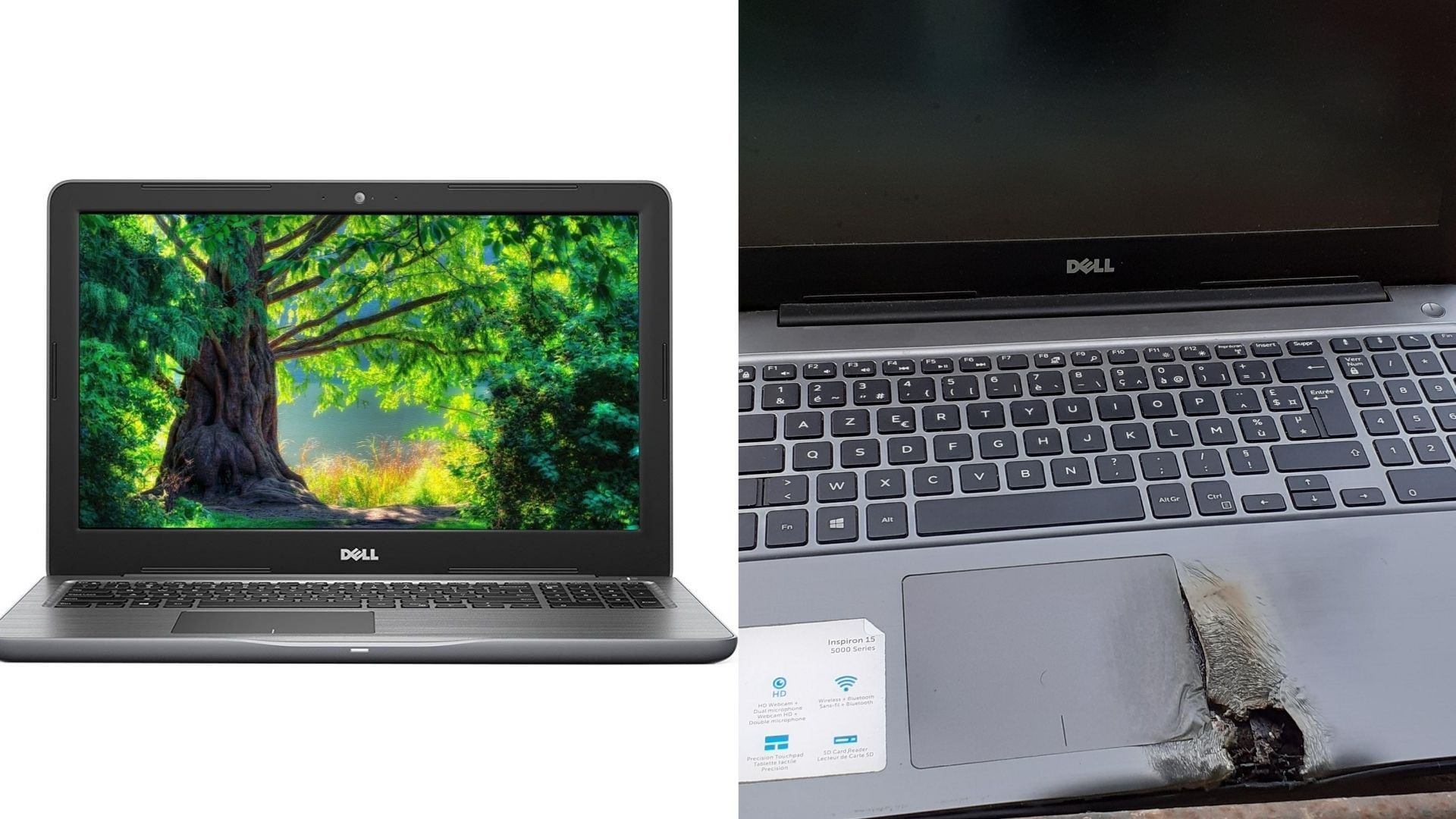Battery-related incidents, including residential fires, cause significant property damage and injuries in the U.S. annually, with lithium-ion battery fires showing an increasing trend according to NFPA data.
1. Smartphone Batteries

Your phone's lithium battery can swell and rupture when overcharged or exposed to heat. Avoid charging your phone in direct sunlight or high-temperature environments, and use manufacturer-approved chargers in well-ventilated areas.
Most modern smartphones fully charge in 30-90 minutes with fast charging, while standard charging may take 2-4 hours depending on the device and charger.
Remove phone case only if device becomes unusually warm or if manufacturer recommends it. This reduces battery temperature and can help extend battery life.
See also - Why You Should Disable Location Services on Your Phone at Night and How to Do It
Consider checking your battery health periodically to catch potential issues early.
Set a charging timer for 2-3 hours max and feel the difference in your phone's temperature.
2. Laptops

Blocked vents can cause your laptop battery to overheat past 158°F, which is a critical point for damage. Clean vents monthly with compressed air and elevate your laptop at least 2 inches.
Check fan performance regularly to ensure optimal airflow.
Using a cooling pad can reduce operating temperature and prevent battery degradation.
Avoid using your laptop on soft surfaces like beds or couches, as they can block airflow and trap heat.
Always shut down your laptop when storing it for extended periods to preserve battery health and prevent overheating.
See also - Should You Leave Your Laptop Plugged In All the Time?
3. E-cigarettes

Loose batteries in e-cigarettes can contact metal objects and short-circuit. Store batteries separately in plastic cases and never mix different brands.
Inspect battery wraps regularly for tears or damage, and rewrap them if needed.
Keep spares in a dedicated storage pouch to avoid accidental contact.
Replace batteries showing any wear.
See also - Man Loses Multiple Teeth in Apparent E-Cigarette Explosion
Avoid charging e-cigarettes overnight or unattended to reduce fire risks.
Always follow the manufacturer’s charging guidelines and use the recommended charger for your device.
4. Power Banks

Non-certified power banks may lack essential safety features like overcharge protection and temperature monitoring, increasing risk of overheating and potential failure. Invest in UL-certified banks with temperature sensors.
When purchasing or using a power bank (or any battery-powered device), it’s vital to ensure it has recognized safety certifications—commonly UL (Underwriters Laboratories) or CE (Conformité Européenne)—which indicate it has passed specific tests for electrical safety and performance. You can usually find these certification marks on the packaging, in the user manual, or directly on the product label.
Never leave devices charging overnight or unsupervised. Although many modern products include overcharge protection features, prolonged charging still adds unnecessary stress to the battery, potentially shortening its lifespan and increasing the risk of safety issues if a fault occurs.
5. Wireless Earbuds

Tiny lithium batteries in earbuds can overheat in charging cases. Store below 95°F.
Check the charging case vents for debris to maintain optimal airflow.
Never charge longer than specified (usually 2 hours). Regular maintenance, including cleaning charging contacts monthly with alcohol wipes and following manufacturer-specified charging times, significantly extends earbud battery lifespan.
If you enjoyed this guide, follow us for more.






